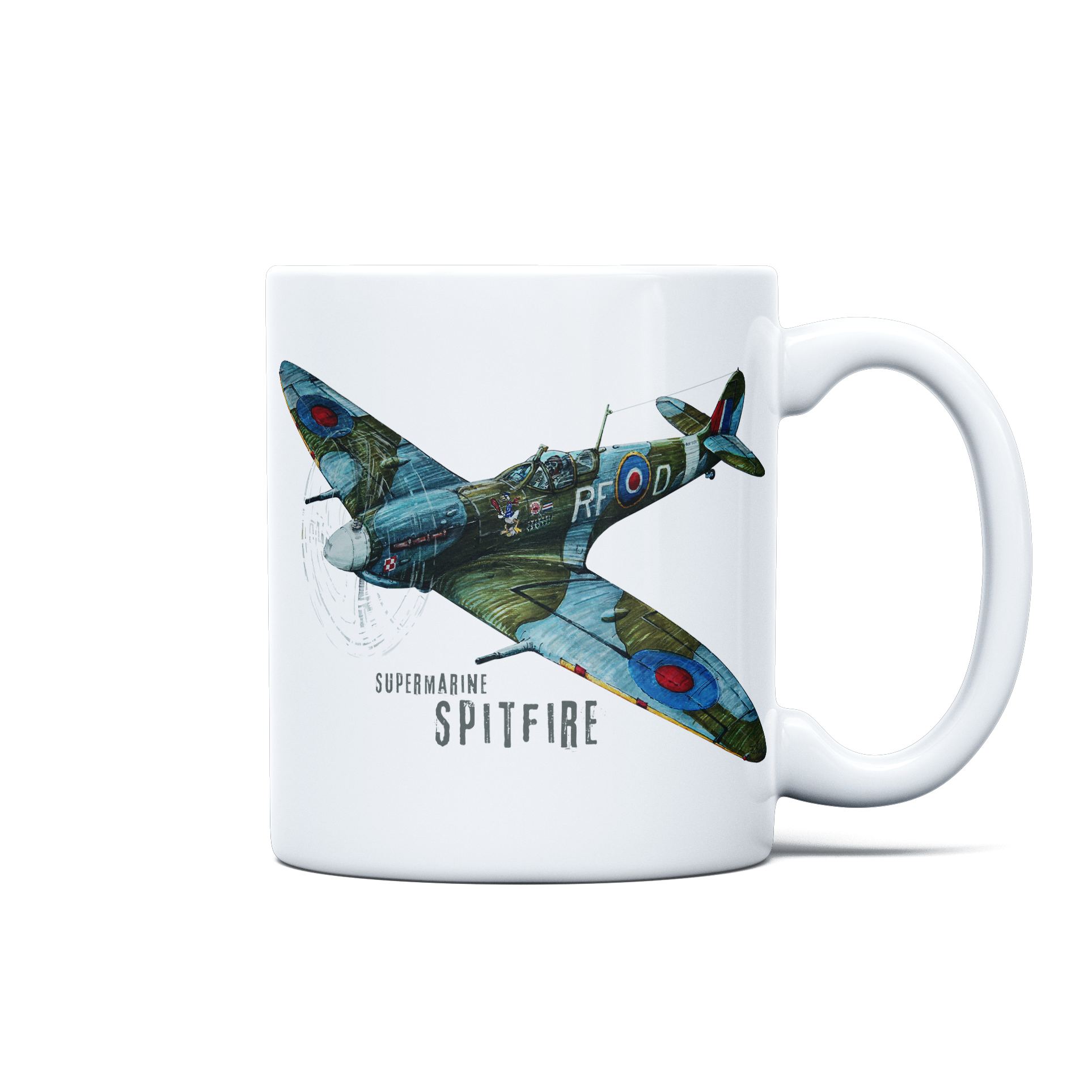PZL.23 Karaś – Poland’s Agile Interwar Reconnaissance-Bomber
The PZL.23 Karaś, named after the crucian carp, stands as a landmark in 1930s Polish aviation—a sleek, all-metal monoplane that combined bombing and reconnaissance capabilities for the Polish Air Force. First flown on April 1, 1934, and introduced into service in 1936, it served as Poland’s primary light bomber and army-cooperation aircraft until the outbreak of World War II.
A Modern Monoplane Emerges
Departing from the biplane designs of the 1920s, the Karaś featured a low-wing cantilever layout with an all-metal, duralumin skin. Designed by Stanisław Prauss at Państwowe Zakłady Lotnicze (PZL), it borrowed structural lessons from the aborted PZL.13 airliner project to deliver improved aerodynamics and durability. Early production PZL.23As were powered by the Bristol Pegasus IIM2 engine (up to 670 hp), while the definitive PZL.23B variant received the more reliable Pegasus VIII (max 720 hp).
Crew-Focused Engineering
Accommodating a three-man crew—pilot, observer/bombardier, and rear gunner—the Karaś sported a fully enclosed cockpit with heating and ventilation, plus a ventral gondola for bombing runs and downward observation. Its fixed undercarriage, equipped with Avia pneumatic shock absorbers, sacrificed speed for ruggedness, enabling operations from rough fields. A dependable hydraulic system and versatile bomb rack made it compatible with light bombs, depth charges, and photographic equipment.
Into Combat: The 1939 Campaign
By September 1939, roughly 140 PZL.23s were frontline assets. On September 2, a lone Karaś of the 21st Escadrille executed the first Allied bombing raid on German territory, striking a factory at Ohlau. Despite the crews’ bravery—often attacking armored columns at low altitude—the type’s modest speed (max ~365 km/h), light armor, and lack of fighter escort led to heavy losses: about 86 % of the fleet was destroyed by month’s end, though only 67 aircraft fell to enemy fire directly.
Post-War Legacy and Enthusiast Revival
Though none survive today, the Karaś lives on in scale models, museum exhibits, and wartime accounts. Its innovative monoplane design influenced subsequent PZL types—most notably the export-oriented PZL.43 “Chaika.” Aviation historians praise the Karaś for bridging old-world biplane simplicity with modern all-metal construction, marking Poland as a leader in interwar aircraft design.
Wear the Karaś Spirit: Exclusive T-Shirt Collection
Capture the daring spirit of the PZL.23 Karaś with our exclusive line of t-shirts. Featuring original, hand-drawn illustrations of this iconic reconnaissance-bomber, each design emphasizes the aircraft’s sleek lines and historic significance. Whether you’re a military aviation buff, history enthusiast, or proud Pole, these shirts let you carry a piece of 1930s aeronautical innovation wherever you go.
Stand out on the ground as boldly as the Karaś did in the skies—explore our PZL.23 Karaś collection today!








